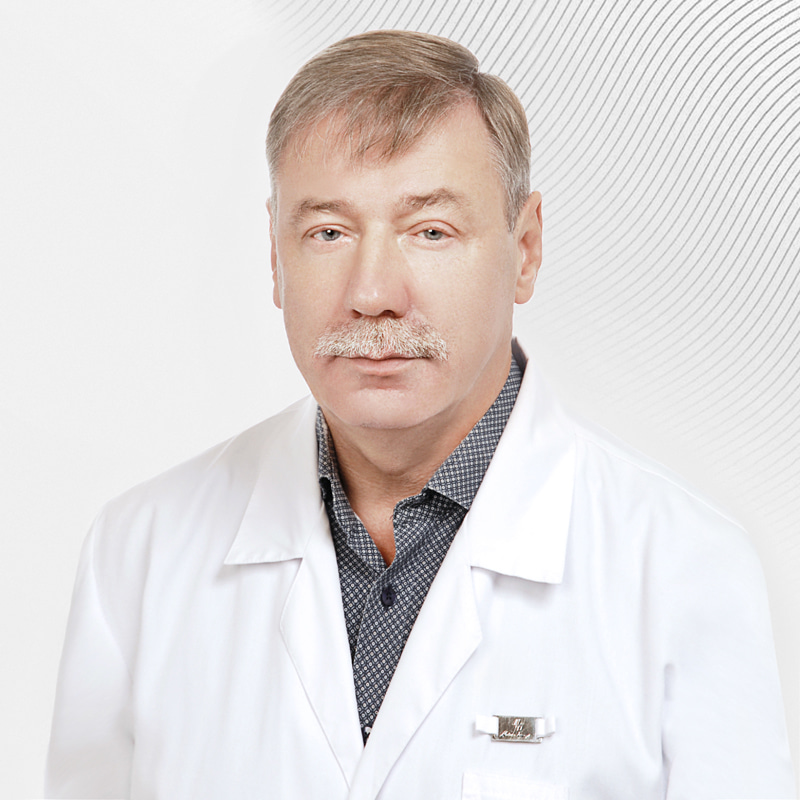Pleural puncture. Why in the EMC?
Patients often hear from doctors: "fluid in the pleural cavity, fluid in the lungs, around the lungs"... This is a pleural effusion — an accumulation of fluid in the pleural cavity formed by the chest wall, mediastinum, diaphragm and lungs. Normally, this cavity contains several milliliters of liquid, which covers the surface of the lung in a uniform thin layer, which ensures its smooth sliding relative to the chest during breathing. An increase in this amount is usually a complication or manifestation of diseases of various organs located both in the chest and outside it.
As a rule, when contacting a general practitioner, patients complain of coughing, shortness of breath and chest pain, which increases with deep breathing, coughing, sneezing. These symptoms, as well as data from lung auscultation (phonendoscope listening), give reason to suspect the presence of fluid in the pleural cavity and perform a lung X-ray on the patient.
When confirming the diagnosis of pleural effusion, a general practitioner may refer the patient to a phthisiologist, pulmonologist, cardiologist, and sometimes oncologist, who will look for the causes of its occurrence. This usually requires a pleural puncture- removal of fluid from the pleural cavity, followed by examination of the resulting sample. In addition, a puncture may be necessary to facilitate breathing in patients whose pleural effusion causes a collapsed lung. In some cases, fluid may continue to accumulate in the pleural cavity, in which case the pleural puncture must be repeated.
In The EMC Surgical Clinicit is possible to perform pleural puncture around the clock. inpatient and outpatient patients.
Any pleural puncture, despite its apparent simplicity, is a responsible manipulation, since the doctor must evacuate the accumulation of fluid in the immediate vicinity of the lung. A classic puncture involves puncturing with a sharp, unprotected needle. The slightest touch of the lung (when coughing, moving the patient, talking) increases the risk of pneumothorax (air entering the pleural cavity). The systems we use for thoracocentesis (chest puncture) involve the insertion of a thin plastic catheter into the pleural cavity, which cannot injure the lung even upon contact. If necessary, the patient can be moved and asked about his well-being. The catheter allows you to aspirate almost all the fluid. To minimize the risk of the procedure, EMC has successfully used the Covidien system, which has a specially designed mechanism that triggers when passing into the pleural cavity and "pushes back" the lung until the insertion of a plastic catheter.
We perform punctures of the pleural cavity only after ultrasound examination (ultrasound), and also, if necessary, under the supervision of ultrasound or computed tomography.
In the current practice of pleural puncture, the "standard points" of needle insertion are determined according to the principle "the greatest probability of getting into the liquid with the least injury to the patient in case of failure." In such cases, it is almost never possible to take away all the fluid, in addition, according to statistics, up to 10% of complications are detected (lung injury, pneumothorax). During ultrasound, we choose the optimal point of needle insertion, the direction of its movement bypassing the internal organs, as well as the shortest path to the fluid. Thus, it is possible to take the maximum amount of fluid with the least unpleasant sensations for the patient.
The removed fluid is subjected to cytological, bacteriological and immunological studies. In some situations, thoracoscopy with a pleural biopsy may be required to accurately diagnose the cause of fluid accumulation and select the necessary treatment tactics.
Get help
Specify your contacts and we will contact you to clarify the details.
Doctors
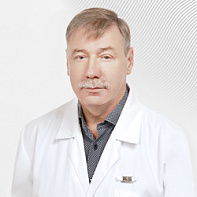
Dmitriy Semenov
Doctor of Medicine, Professor
-

Nechay Taras
Doctor of Medicine, Associate Professor, Professor
-
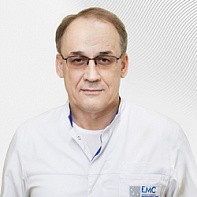
Dmitry Ruchkin
Doctor of Medicine
-
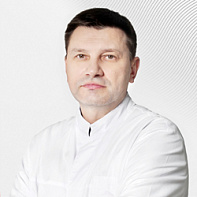
Igor Andrreytsev
Doctor of Medicine
-

Chzhao Аleksey
Doctor of Medicine, Professor
-
.jpg)
Krishchanovich Olga
-
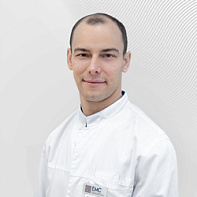
Tsilenko Konstantin
-
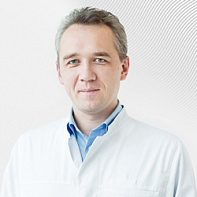
Evgeny Tarabrin
Chief Freelance Thoracic Surgeon of the Moscow Department of Health and the Ministry of Health of the Russian Federation for the Central Federal District, Doctor of Medicine
-
.jpg)
Leval Pulad
-
.jpg)
Ruben Metsaturyan
Doctor of the highest category, Ph.D. of Medical Sciences
-
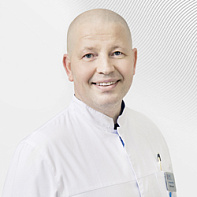
Sidnev Aleksander
Ph.D. of Medical Sciences
-
.jpg)
Tsvetkov Vitaliy
Professor, Doctor of Medicine
-
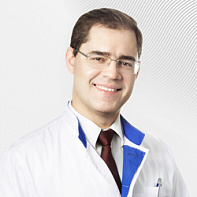
Ignatiev Roman
Surgeon, urologist, polyclinic and hospital, Doctor of Medicine, Doctor of the highest category
-
.jpg)
Lafishev Elmurat
-
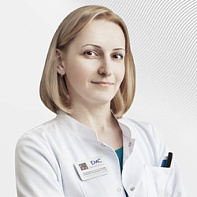
Marina Bissessar
-
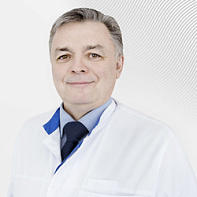
Langner Aleksander
Ph.D. of Medical Sciences, Associate Professor
-

Anvar Iuldashev
Ph.D. of Medical Sciences
-
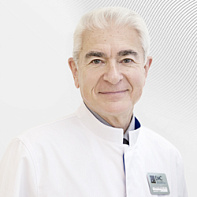
Kan Vladimir
Head of the Department of Emergency and General Surgery, Doctor of the highest category, Ph.D. of Medical Sciences
-
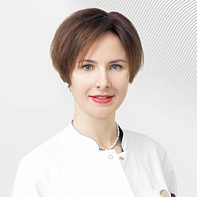
Borodina Ekaterina
-
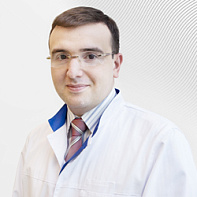
Askerhanov Rashid
Ph.D. of Medical Sciences, Associate Professor
-
Dmitriy Semenov
Doctor of Medicine, Professor
- Unique expertise is the first in In Russia, he performed laparoscopic decompression of the celiac trunk in patients with ischemic digestive system disease
- The first in In Russia, he performed laparoscopic kidney sampling during related transplantation
- He was one of the first in the world to perform suturing of a duodenal ulcer perforation
- He was one of the first in the world to perform...
Total experience
33 years
Experience in EMC
since 2023
